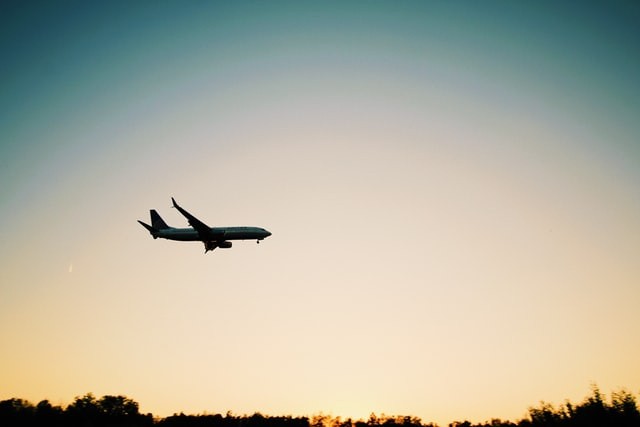The effects of the Coronavirus pandemic have trickled down into different facets of society -- not just in healthcare. The lockdown of countries has halted economies and put tourist industries to a grinding stop. The lockdown has also affected global air travel, preventing many aircraft from flying. These aerial restrictions are affecting the operations needed to observe and predict global weather patterns. And it has already become a point of concern for the World Meteorological Organization (WMO): the COVID-19 pandemic is affecting their ability to perform weather forecasts which are needed to monitor the atmospheric and climate conditions of the Earth.
Weather prediction is affected by COVID-19 lockdown
According to a report on Engadget, most meteorologists consider weather prediction as an imperfect science that is affected by a lack of resources. The World Meteorological Organization's Global Observations System (WMO) was purposely established in 1963 to provide data analysis from atmosphere and ocean surface observations to their 193 state members nationwide.

Their measurements are conducted using satellites, commercial aircraft and ground-based platforms. The gathered information is delivered via WMO's Global Telecommunication System (GTS) after being processed using the Global Data-processing and Forecasting System (GDPFS).
The systems used for weather observations are automated and designed to be functional for several weeks or even for longer periods of time. However, if the coronavirus pandemic continues for a few more weeks, it will affect the maintenance, supply work, repair, and redeployments of both the GTS and GDPFS systems.
"The impacts of climate change and the growing amount of weather-related disasters continue. The COVID-19 pandemic poses an additional challenge and may exacerbate multi-hazard risks at a single country level," said Petteri Taalas, secretary-general of WMO.
"Therefore it is essential that governments pay attention to their national early warning and weather observing capacities despite the COVID-19 crisis," he added.
COVID-19 restrictions will lessen the reliability of weather predictions
On the other hand, the Director of the Earth System Branch in WMO's Infrastructure Department stated that losing aerial activities is relatively modest. But the continuous decrease in the availability of aircraft weather observations will lessen the reliability of weather predictions.
Aircrafts used for weather forecasts rely mainly on the Aircraft Meteorological Data Relay (AMDAR) that uses onboard sensors to process and transmit the collected necessary data and to deliver them to the relay stations on the ground by satellite link or radio.
The aircraft-based sensors, used in collecting existing direction readings, wind speed, and temperature, are no longer operating because of the restrictions caused by the pandemic.
According to the report on FlightRadar24, the COVID-19 pandemic decreased flights which severely affected the commercial air industry. In the report, 4.1% of commercial year-over-year commercial traffic declined in February while 21.6% was decreased in March.
In Bloomberg's report, it was analyzed that an 8.9% reduction of global air traffic is seen as the lockdown caused by the pandemic continues.




![Most Useful Google Chrome Keyboard Shortcuts You Need to Know to Improve Your Browsing Experience [2024]](https://d.techtimes.com/en/full/449047/most-useful-google-chrome-keyboard-shortcuts-you-need-know-improve-your-browsing-experience-2024.jpg?w=184&h=103&f=476d29fd60df70a67f6679f99a2ca6d0)